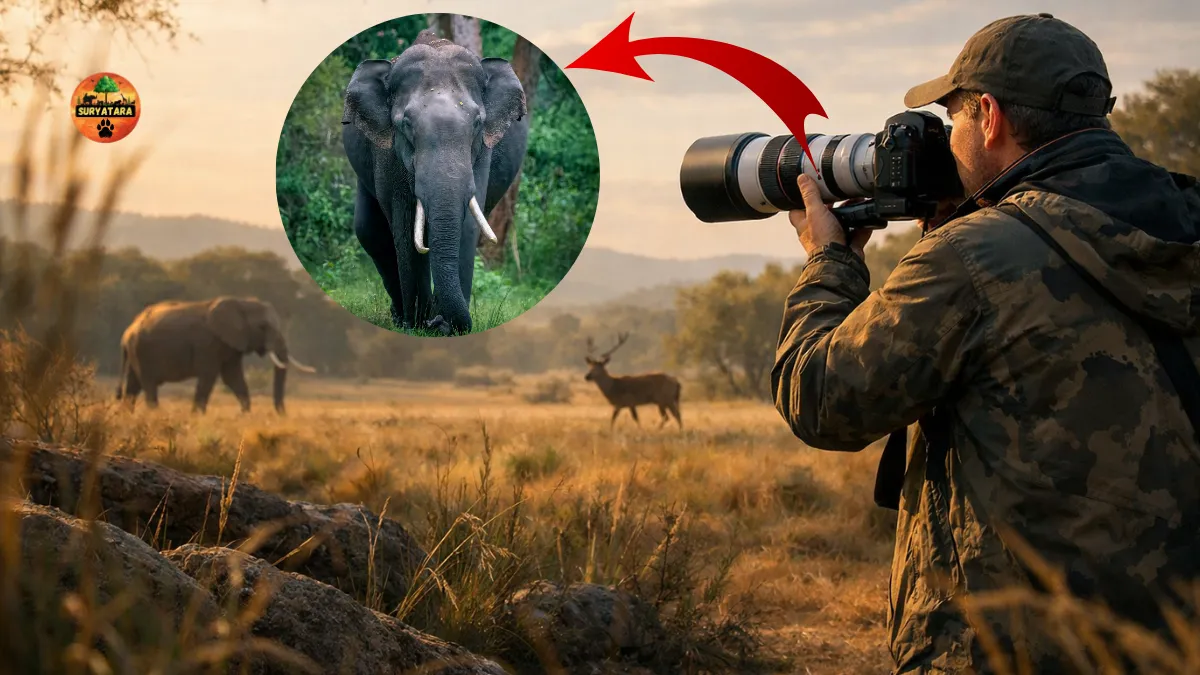Baghmara Pitcher Plant Wildlife Sanctuary is a hidden ecological treasure located in the South Garo Hills district of Meghalaya, India. Nestled amidst lush forests and rolling hills, this sanctuary is unique not only for its scenic beauty but also for being one of the very few protected areas dedicated to the conservation of the rare and endangered pitcher plant—Nepenthes khasiana. This carnivorous plant species is native to the region and found nowhere else in the world in such concentration.
Introduction to Baghmara Pitcher Plant Wildlife Sanctuary
Established in 1981, Baghmara Pitcher Plant Wildlife Sanctuary spans approximately 1 square kilometer but holds immense ecological significance. It was created with the primary objective of conserving the critically endangered pitcher plant, which plays a fascinating role in the forest ecosystem by trapping insects in its cup-shaped leaves. Apart from this unique flora, the sanctuary is also home to a variety of birds, reptiles, butterflies, and small mammals that thrive in this undisturbed habitat.
Key Details at a Glance
Here’s a quick overview of the Baghmara Pitcher Plant Wildlife Sanctuary:
| Feature | Details |
|---|---|
| Location | South Garo Hills, Meghalaya, India |
| Established | 1981 |
| Total Area | 1 sq. km |
| Main Attraction | Nepenthes khasiana (Pitcher Plant) |
| Nearest Town | Baghmara |
| Governing Body | Forest Department of Meghalaya |
| Best Time to Visit | October to March |
| Accessibility | Via road from Tura or Guwahati through Baghmara town |
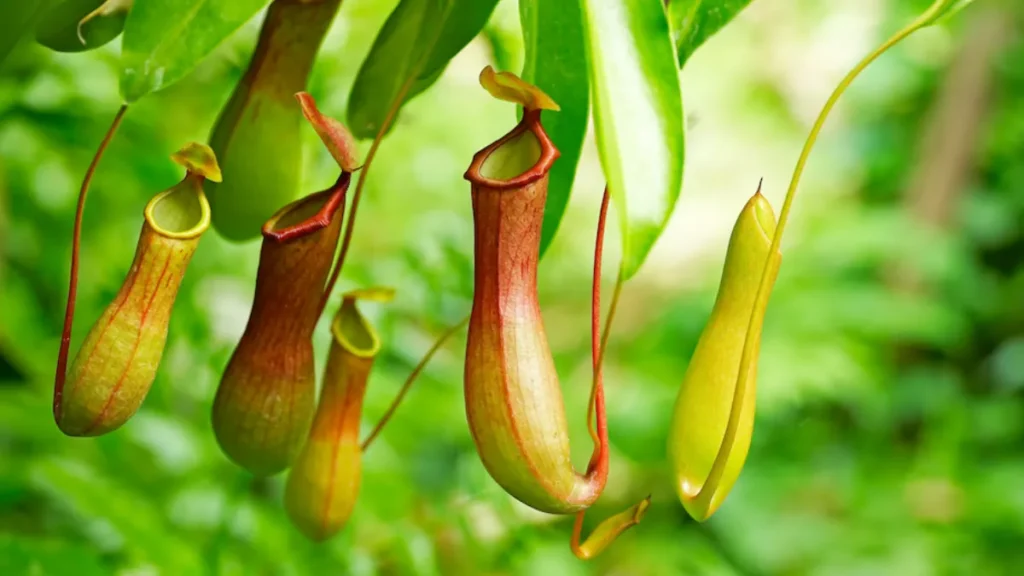
The Fascinating Pitcher Plant: The Star of the Sanctuary
One of the biggest draws of the Baghmara Pitcher Plant Wildlife Sanctuary is its dedication to Nepenthes khasiana, a carnivorous plant species that has evolved to survive in nitrogen-deficient soils by trapping and digesting insects. The plant has a distinctive, pitcher-shaped leaf that contains a digestive fluid where its prey is trapped and consumed. It is listed as “Endangered” on the IUCN Red List, making its conservation a matter of both ecological and scientific importance.
This sanctuary is among the very few places in the world where the pitcher plant is protected in its natural habitat. Due to illegal collection and habitat destruction, the numbers of this plant have drastically reduced in the wild. The Baghmara sanctuary acts as a stronghold for the species, offering hope for its long-term survival.
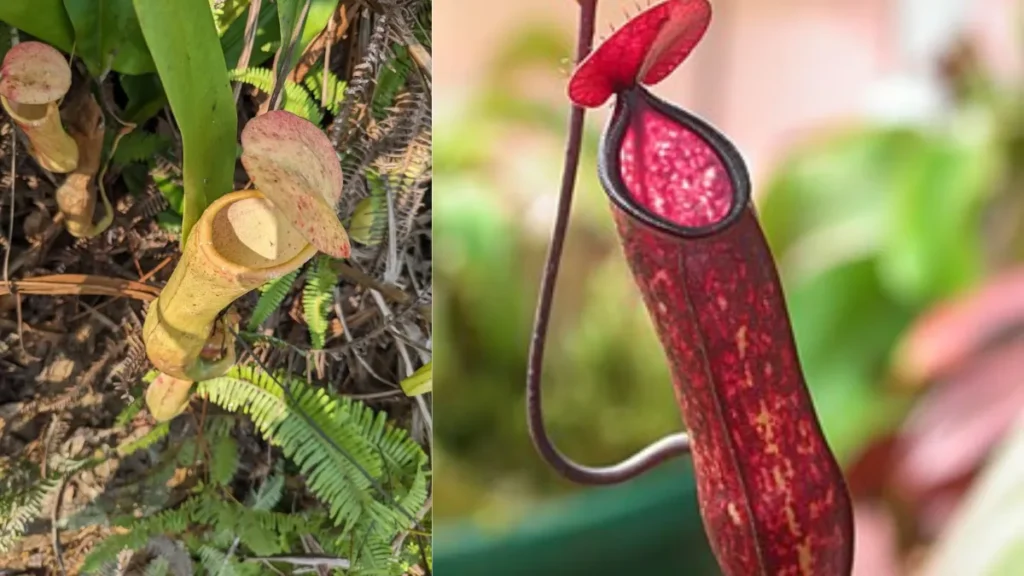
Ecological Importance of Baghmara Pitcher Plant Wildlife Sanctuary
The sanctuary is more than just a home for pitcher plants—it supports a rich biodiversity of tropical flora and fauna. Its dense semi-evergreen forests create a favorable microclimate for many species of birds, butterflies, and small animals. Some of the birds commonly spotted here include hornbills, drongos, and barbets. The presence of such species indicates a healthy forest ecosystem.
Moreover, pitcher plants also help in controlling insect populations naturally, contributing to the ecological balance of the area. The sanctuary is a perfect example of how targeted conservation of one species can positively affect an entire ecosystem.
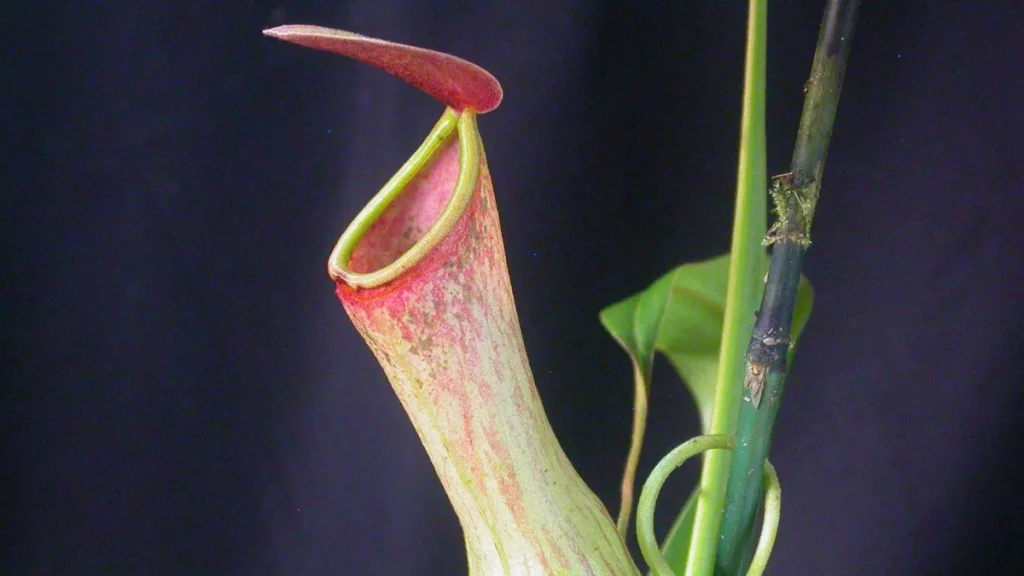
Subheading: How to Reach Baghmara Pitcher Plant Wildlife Sanctuary
Travelers can reach Baghmara town by road from Tura, which is about 100 kilometers away, or from Guwahati, which is approximately 350 kilometers away. From Baghmara, the sanctuary is easily accessible by local transport or private vehicles. The journey offers picturesque views of Meghalaya’s lush greenery, winding rivers, and rural life.
Also read: Nokrek National Park: A Biodiversity Treasure in Meghalaya
Responsible Tourism and Visitor Guidelines
If you’re planning to visit, it’s important to do so responsibly. Since the sanctuary is small and highly sensitive, tourism activities are limited. Visitors are encouraged to avoid littering, not disturb the plants, and refrain from picking any flowers or leaves. Guided nature walks can enhance the experience while ensuring that no harm is done to the fragile habitat.
The sanctuary also serves as a site for environmental education and awareness. Local authorities sometimes organize nature camps and school trips to teach the younger generation about the importance of biodiversity and conservation.
Also read: Nongkhyllem Wildlife Sanctuary: A Hidden Gem of Meghalaya’s Biodiversity
Why Baghmara Pitcher Plant Wildlife Sanctuary Deserves More Attention
Despite its small size, Baghmara Pitcher Plant Wildlife Sanctuary is of great ecological and botanical importance. It represents a rare effort to protect a single endangered plant species and the habitat that supports it. Given the rising threats of climate change and deforestation, protected areas like this play a crucial role in preserving India’s natural heritage.
Tourism in such sanctuaries, if managed well, can help generate funds and local employment while raising awareness about conservation efforts. Baghmara stands as a model for micro-conservation zones and shows how even a single square kilometer can make a big difference.
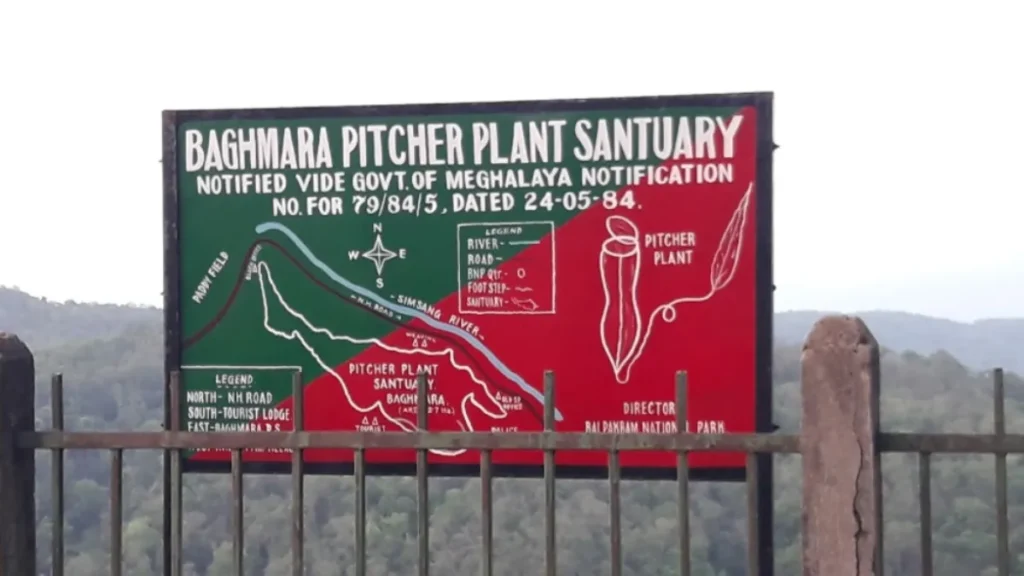
Conclusion
Baghmara Pitcher Plant Wildlife Sanctuary is not just a sanctuary—it is a story of resilience, scientific curiosity, and ecological responsibility. Whether you are a nature enthusiast, a botany lover, or a responsible traveler, a visit to this sanctuary offers a rare glimpse into a world where plants eat insects and conservation comes full circle. Protecting such unique ecological hotspots ensures that future generations will continue to marvel at nature’s ingenious creations.
For anyone visiting Meghalaya, this sanctuary should be on the list—not just for its uniqueness but for the crucial conservation message it carries.










